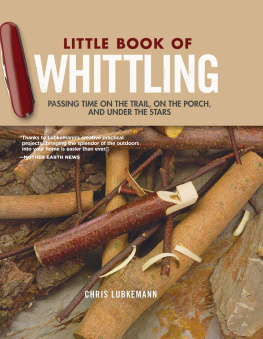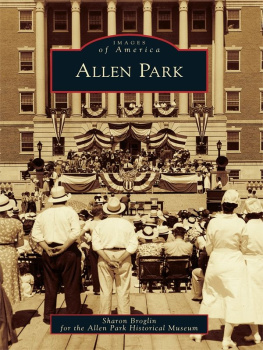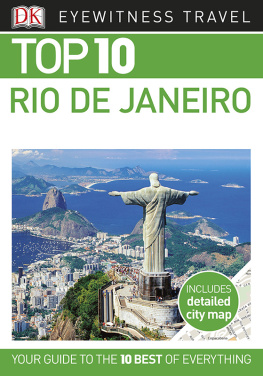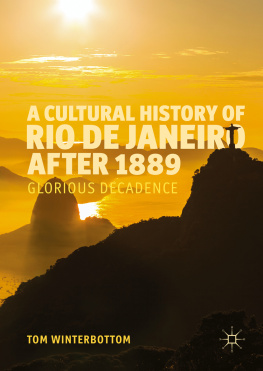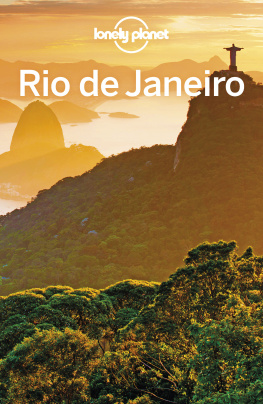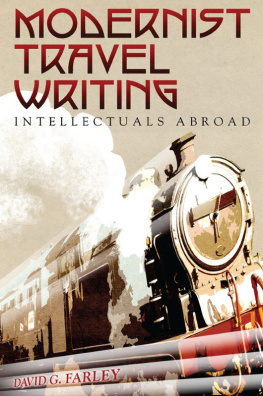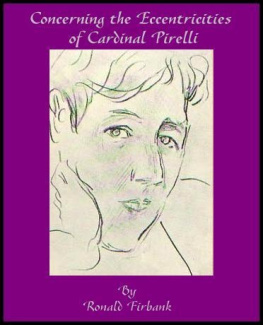
EccentriCities:
Writing in the margins of Modernism
Durham Modern Languages Series
Series editor: Michael Thompson
Essays in later medieval French literature: The legacy of Jane H. M. Taylor.
Edited by Rebecca Dixon
Fire, blood and the alphabet: One hundred years of Lorca.
Edited by Sebastian Doggart and Michael Thompson
Aura by Carlos Fuentes. Edited by Peter Standish
The flneur and his city: Patterns of daily life in Paris 18151851.
Richard D. E. Burton
Malherbe, Thophile de Viau and Saint-Amant: A collection.
Edited, with introduction and notes by, Richard G. Maber
Intertextuality in modern Arabic literature since 1967.
Edited by Luc Deheuvels, Barbara Michalak-Pikulska and Paul Starkey
Candide en Dannemarc, ou loptimisme des honntes gens by Voltaire.
Edited by douard Langille
The limits of performance in the French Romantic theatre. Susan McCready
Confabulations: Cologne life and humanism in Hermann Schottens Confabulationes Tironum Litterariorum (Cologne, 1525).
Edited by Peter Macardle
Confabulationes tironum litterariorum (Cologne, 1525) by Hermannus Schottennius Hessus. Edited by Peter Macardle
Malherbe, Thophile de Viau and Saint-Amant: A selection.
Edited by Richard G. Maber
Collaboration and interdisciplinarity in the Republic of Letters: Essays in honour of Richard G. Maber. Edited by Paul Scott
Pyostryye skazki by V. F. Odoyevsky. Edited by Neil Cornwell
Saramagos labyrinths: A journey through form and content in Blindness and All the Names. Rhian Atkin
Framing narratives of the Second World War and Occupation in France, 19392009. Edited by Margaret Atack and Christopher Lloyd
EccentriCities:
Writing in the margins of Modernism
St. Petersburg to Rio de Janeiro
Sharon Lubkemann Allen
Manchester University Press
Manchester and New York
distributed in the United States exclusively by Palgrave Macmillan
Copyright Sharon Lubkemann Allen 2013
The right of Sharon Lubkemann Allen to be identified as the author of this work has been asserted by her in accordance with the Copyright, Designs and Patents Act 1988.
Published by Manchester University Press
Oxford Road, Manchester M13 9NR, UK
and Room 400, 175 Fifth Avenue, New York, NY 10010, USA
www.manchesteruniversitypress.co.uk
Distributed in the United States exclusively by
Palgrave Macmillan, 175 Fifth Avenue, New York,
NY 10010, USA
Distributed in Canada exclusively by
UBC Press, University of British Columbia, 2029 West Mall,
Vancouver, BC, Canada V6T 1Z2
British Library Cataloguing-in-Publication Data
A catalogue record for this book is available from the British Library
Library of Congress Cataloging-in-Publication Data applied for
ISBN 978 07190 8770 7 hardback
First published 2013
The publisher has no responsibility for the persistence or accuracy of URLs for any external or third-party internet websites referred to in this book, and does not guarantee that any content on such websites is, or will remain, accurate or appropriate.
Typeset
by Carnegie Book Production, Lancaster
To David, Sophia, Katarina, Isaac
There is a curvature in literary style as there is curvature in space
If parallel lines do not meet it is not because they cannot, but because they have other things to do. Gogols art as disclosed in The Overcoat suggests that parallel lines not only may meet, but that they can wriggle and get most extravagantly entangled, just as two pillars reflected in water indulge in the most wobbly contortions if the necessary ripple is there
So to sum up, the story goes this way: mumble, mumble, lyrical wave, mumble, lyrical wave, mumble, lyrical wave, mumble, fantastic climax, mumble, mumble, and back into the chaos from which they had all derived. At this superhigh level of art, literature is of course not concerned with pitying the underdog or cursing the upperdog. It appeals to that secret depth of the human soul where the shadows of other worlds pass like the shadows of nameless and soundless ships.
Nabokov
Contents
Like any cartographer drawing new boundaries, I set out with many maps in hand. Over the past decade of exploration, I collected countless others. Any new cultural territory or trajectory, literary domain, dimension, or dynamic delineated in EccentriCities is deeply indebted to scholars whose work in diverse disciplines illumined Dostoevskys and Machado de Assiss eccentrics and eccentric cities. I could not have navigated so many crossings without expert guides and extraordinary encounters. Robert Louis Jackson framed my first forays into this terrain and encouraged me at critical junctures along the way. Katerina Clark, Joseph Frank, Anna Lisa Crone, Julie Buckler, and especially Michael Wachtel contributed immensely to my work on Petersburg and urbane Russian literature. For finding my way in Rio and across the vast landscape of Brazilian modernism, I am most grateful to K. David Jackson and Nelson Vieira, both of whom also offered incisive commentary on the entire manuscript as it neared its final form. The work would not have reached that form without copious early critical readings and continued conversations with Maria DiBattista, Michael Wood, Robert Bird, Sarah Clovis Bishop and Anne Caswell Klein. But more than any other scholar, my work is indebted to and inspired by the extraordinary imagination, critical attentiveness and generous spirit of Caryl Emerson.
Spanning continents and centuries, discrete disciplines and cultural domains, this study would not have been possible without the support of research grants from Princeton University, a Mellon Post-Doctoral Fellowship within the lively University of Pennsylvania Humanities Forum, a Fulbright Scholars Fellowship in Lisbon, as well as a Drescher Fellowship, Scholarly Incentive Grants, and a Provosts Fellowship from the State University of New York, College at Brockport. I am especially grateful for the interdisciplinary vision, insightful commentary and protracted commitment of my series, commissioning, production and copy editors at Manchester University Press, from Michael Thompson to Tony Mason, Sarah Hunt, Lianne Slavin and George Pitcher. Many other institutions have collaborated in bringing this work into being. In Russia, I received invaluable assistance from scholars at the Hermitage, Tretyakov Gallery, Russian National Library and especially the Institute of Russian Literature/Pushkinskii Dom and the F. M. Dostoevsky Literary Memorial Museum. I am particularly indebted to Natalia Ashimbaeva, Vera Biron, Natalia Chernova and Boris Tikhomirov. In Paris, I benefited greatly from access to archives at the Bibliothque Nationale and Bibliothque Historique de la Ville de Paris, as well as comments from and conversations with Jean-Yves Tadi and Guy Rosa. In Portugal, my work was enriched by exchanges with many scholars at the University of Lisbon, especially Miguel Tamen, Joo Figueiredo, Antnio Feij, Helena Buescu, and ngela Correia. In CLEPUL and CompaRes, I finally found an eclectic international group of comparatists concerned with crossings between Slavic and Luso-Brazilian cultures, committed to cultivating interdisciplinary dialogues and collaborative cross-cultural investigations. Archives ranging from the Biblioteca Nacional in Rio de Janeiro to the Military Archives of Sweden and Portugal provided maps and other images essential to the interdisciplinary scope of this study. Closer to home, the insights and inquiries from my colleagues and students at SUNY continually refined my vision and voice.


